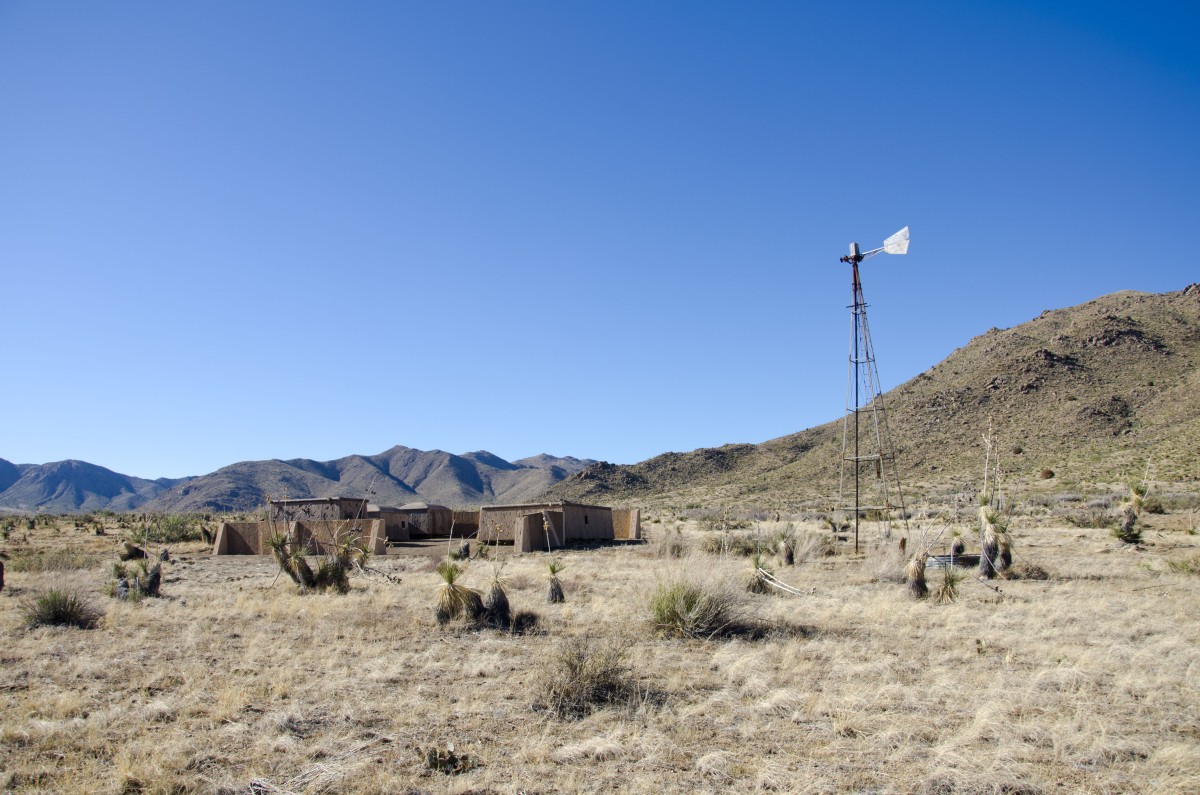
The foam was used in training exercises for firefighting units at Holloman Air Force Base in New Mexico, among other sites. PFAS chemicals are found in aqueous film-forming foam (AFFF), which was used as a fire suppressant by military firefighting units across the country. “PFAS contamination is a nationwide crisis that will require increased water testing and cleanup of contaminated sites.” “These testing results are now three years old and laboratory capabilities to detect PFAS have significantly improved while at the same time concerns about low levels of PFAS in water have increased,” he said. He also pointed out that the new data indicates PFHxS was detected in one of the source water samples at an estimated 40 ppt, while all other testing was negative. The retest information was not provided to EWG by the Army,” Andrews said. Army officials at White Sands Missile Range and shared with EWG indicate the PFNA detection at 11 ppt was retested and reported as a non-detect. “The detailed testing results provided to the NM Political Report by U.S. Dave Andrews, senior scientist at EWG, said the data obtained by NM Political Report did not match what was provided to EWG in response to its FOIA request. NM Political Report reached out the EWG for a response. As part of that request, the Department of Defense has set up a website where they have all the possible water sampling data from all the Army installations loaded up on the website,” he said. “The Army has been FOIA’d for all of its PFAS water sampling data. He added that all water testing at Army bases in the U.S. “The PFAS levels reported in this article was contamination in the lab, not in White Sands Missile Range water,” Knight said. A second test, which is also listed in the database, found no PFNA chemicals detected in the water samples. Department of Defense database of water sample testing from White Sands Missile Range shows PFNA was detected in one sample of water from White Sands Missile Range in 2016, but the sample was flagged as a false positive by the lab that did the testing, Knight said, because the contaminants appeared in the control water sample. “There is no PFNA in White Sands Missile Range drinking water,” Knight said.Ī U.S. White Sands Missile Range was the only military facility in New Mexico that appeared in the report.īut Brian Knight, chief of the environmental division of the Directorate of Public Works at White Sands Missile Range, told NM Political Report the data had been misinterpreted. The report was compiled from data the Department of Defense provided EWG through a Freedom of Information Act (FOIA) request. Our article was based on a report released by the Environmental Working Group (EWG), a nonprofit research and advocacy organization that specializes in chemical contamination and drinking water issues.ĮWG’s report lists over 100 new Army and National Guard bases across the country where PFAS chemicals have been detected in groundwater and drinking water supplies. See all of NM Political Report’s coverage on PFAS contamination These chemicals have recently been found in groundwater and drinking water supplies at military installations across the country. PFAS, or per- and polyfluoroalkyl substances, are a class of human-made chemicals, and include perfluorooctanoic acid (PFOA), perfluorooctane sulfonate (PFOS), perfluorononanoic acid (PFNA), perfluorohexane sulfonic acid (PFHxS) and perfluorobutane sulfonic acid (PFBS).

Our initial article incorrectly stated groundwater samples from White Sands Missile Range tested positive for PFNA, which belongs to the PFAS family of chemicals found in firefighting foam. That article was on this page, but is replaced with this post.Īrmy personnel contacted NM Political Report Thursday to clarify the issue. Army officials say no PFAS contamination has been detected at White Sands Missile Range, contradicting an article published by NM Political Report on September 24. Approximately 60 members from Holloman, White Sands Missile Range and the National Aeronautics and Space Administration (NASA) came together for a shuttle emergency landing exercise at the White Sands Space Harbor, Oct.

Air Force photoĮmergency fire teams respond to a simulated shuttle landing.


 0 kommentar(er)
0 kommentar(er)
